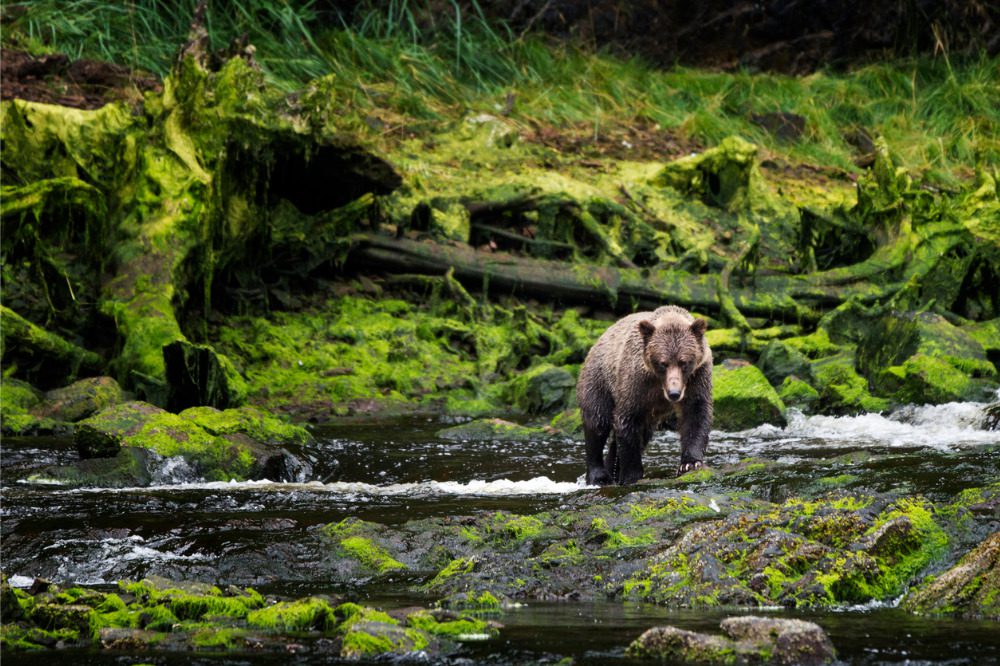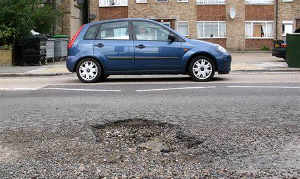When nature strikes – new report looks into wildlife attack statistics

The report, prepared by sports news portal SportingPedia, examined the reported wildlife attacks across Canada’s 10 provinces and three territories from 2010 to 2021. It compiled datasets from selected national parks as recorded by Parks Canada Agency.
It noted that while the geographical location of a province or territory plays a role in how likely a human would be to run into wildlife, even the most developed urban centres are not free from the occasional wandering animal.
According to SportingPedia’s report, the most dangerous animals in each province/territory, as well as the number of attacks they made from 2010 to 2021, are:
Province/Territory
Top three animal attacks 2010-2022; attack numbers
Human population
Alberta
Elk (2,299)
Grizzly bear (431)
Black bear (243)
4,262,635
British Columbia
Grizzly bear (104)
Black bear (66)
Wolf (86)
5,214,805
Manitoba
Polar bear (4)
Black bear (3)
N/A
1,386,333
New Brunswick
Black bear (3)
Moose (2)
Deer (1)
775,610
Newfoundland & Labrador
Black bear (3)
Moose (2)
Polar bear (2)
510,550
Northwest Territories
Black bear (27)
Grizzly bear (1)
N/A
41,070
Nova Scotia
Black bear (2)
Deer (2)
N/A
969,383
Nunavut
Polar bear (3)
N/A
N/A
35,944
Ontario
Black bear (13)
Rattlesnake (8)
N/A
14,223,942
Prince Edward Island
Wasp (11)
Coyote (1)
N/A
154,331
Quebec
Black bear (13)
Moose (5)
N/A
8,501,833
Saskatchewan
Elk (48)
Black bear (39)
Plains bison (20)
1,132,505
Yukon
Grizzly bear (4)
N/A
N/A
40,232
“Wild animals tend to avoid humans, and will rarely approach them unless they consider a person a direct threat,” SportingPedia advised in its report. “However, they sometimes enter developed areas to find food and are especially attracted by improperly stored garbage.”
The news portal also mentioned that the majority of accidents involving wildlife are mostly attacks on property rather than humans or pets.
RATESDOTCA advised that property damage caused by wildlife can be covered depending on how a homeowners’ policy is worded. In an example given by the Insurance Bureau of Canada national director of consumer and industry relations Rob de Pruis, an insurer only covers certain types of damage under perils coverage but will not explicitly cover animal damage. So if an animal chewed through electrical wires and starts a fire, it would trigger the insurance as fire is a standard named peril.
“The damaged wire the animal caused is not covered by the insurance,” de Pruis explained to RATESDOTCA. “but the resulting damage would be.”
Wildlife does more than threaten hikers or ruin trash bins; it can also be a major cause of auto accidents. Manitoba Public Insurance in 2021 reported that there are about 9,500 vehicle collisions that occur in the province involving deer each year.





